Back in a weird and wild world known as 2001, a man known affectionately by his growing list of die-hard followers as “The Evil Russian” had a novel idea: Why not put together a fitness certification that actually required you to prove that you were…you know…fit?
Tests of strength, stamina, and real-world physical abilities took the place of multiple-choice tests, theory-laden essays, and ideas that looked good on paper but barely worked in the real world.
That man, of course, was Pavel Tsatsouline. And that certification is the School of Strength that we now proudly call, StrongFirst.
Yet despite over two decades and literally hundreds of Certifications, StrongFirst’s flagship Certification, the SFG Level I, still boasts a 25-30% failure rate among candidates.
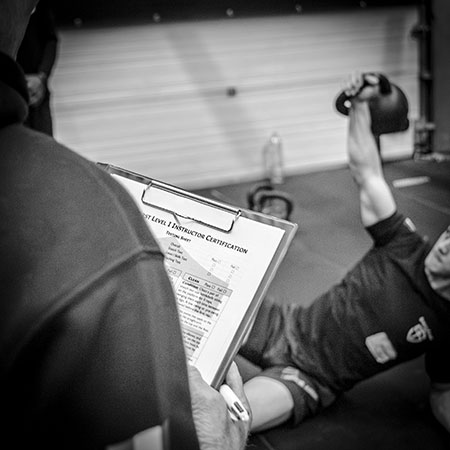
What gives? Is the course really just that hard?
The answer, of course, is yes and no.
Yes, for the fact that it is designed to demonstrate that you have prepared yourself to be above average in numerous important metrics: your strength, your conditioning, your technical proficiency in the tested movements, your teaching abilities, and your show of professionalism and all-around spirit.
And no, for the fact that most serious individuals can reasonably expect to pass the certification with enough time, effort, and single-minded focus—no genetic gifts or physical freak status required.
So, how exactly does one prepare for such an event?
A great many people asking this question impulsively start by seeking out training programs, cutting-edge conditioning protocols, and a litany of other major steps—effectively jumping into the deep end before they’re even sure they know how to swim.
Well, hold your horses there, pardner. There will be plenty of time for all that later.
Just like you have to deadlift before you can swing and you have to swing before you can snatch, before you charge boldly forward into the Promised Land of physical culture and put the coveted letters “SFG” behind your name, you might want to have a tried-and-tested set of guidelines to make sure you can actually finish what you start. This article ought to help illuminate that path a bit.
1. Start Early
As admirable as it might seem to sign up for an SFG cert on a whim and give yourself just a few short months or even weeks to prepare, in all likelihood you’re only setting yourself up for pain, suffering, and disappointment.
Don’t get me wrong, pain and suffering come part and parcel with every memorable SFG I Certification, but the disappointment sure doesn’t have to.
Even if you’re already quite fit and have some good acumen with the kettlebell, keep in mind that the sheer volume of work that takes place over the 24 hours of instruction you’ll receive during the three-day weekend can be enough to cause even the most skilled kettlebell enthusiast to tap out.
When I signed up for my cert all those years ago, I gave myself eight months to prepare, and was glad I did. By day three your fatigue levels will likely be running high, and as the military saying goes, “under stress we revert to training.” Make sure your training has prepared you to perform under stress.
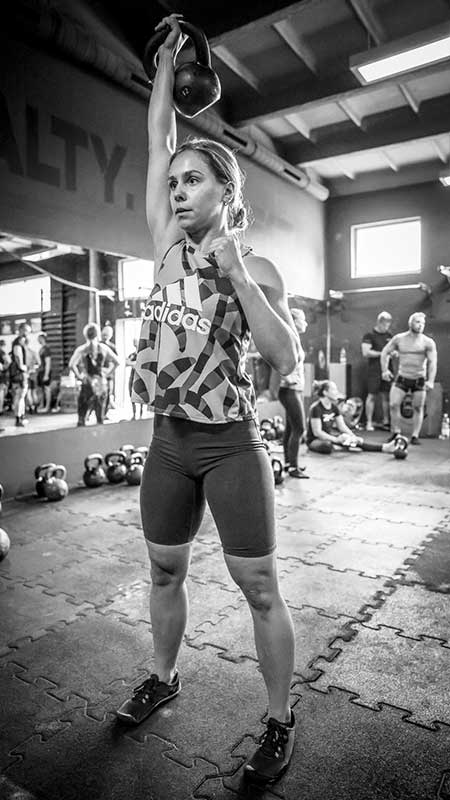
2. Get Assessed
This is probably the most overlooked element of all yet is easily among the most important.
Back in the golden days of Pavel’s certs, a great many of the participants were notably rough-and-tumble dudes who looked a bit more like background extras in the original Roadhouse flick than your average personal trainer, and they often had plenty of experience in athletics and tossing around the iron, to boot.
Contrast that with the participants nowadays.
Many of them come from professional, office-bound desk jobs and want to learn to tame the iron as a personal achievement or perhaps pass their knowledge on to their friends, family, and associates in their spare time.
Everyone from desk dwellers to bona fide physical culturists is liable to come in with a litany of mobility issues, movement compensations, and other physical maladies which—left unaddressed—can lead you down a rather short road to injury.
There are a number of great movement systems out there that can help you get a snapshot of where you are currently and what speed bumps and roadblocks you may encounter: Original Strength and FMS are two that come to mind, but any reputable organization that puts a premium on movement quality is worth your time.
3. Get Coached
As tempting as it may be to try to blaze your own trail and hope that it leads you to the destination you seek, trying to pass the SFG without getting coached is the equivalent of trying to go on a hike through the mountains without a map, without water, and in flip flops. Sure, you might make it, but why make it harder on yourself? There will be plenty of obstacles and challenges awaiting you as is.
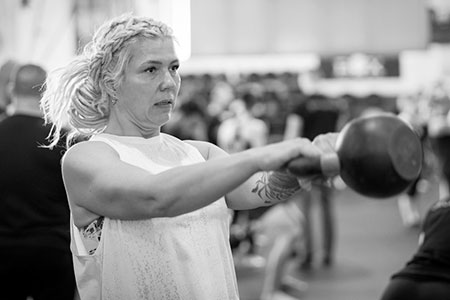
What’s more, part of what it means to be a good coach is knowing how to be coached yourself: following instructions, sticking to a program as written, and listening to your own instructor’s guidance are what give you the insight necessary to pass along those hidden lessons that can only be learned by hard-won experience.
4. Address your Weak Spots/Injuries
As Indiana Jones said in Raiders of the Lost Ark, “It’s not the years, honey. It’s the mileage.”
While your age isn’t necessarily a major factor in your ability to pass the SFG, your mileage sure is.
Given enough time, most of us put on some baggage in the form of tweaks, injuries, recurring pains, and more. Physical damage like torn soft tissues, broken bones, and busted up parts put back together again by surgery very often don’t determine how far you can go, but they more than likely will determine where you have to start and the road you take to get there.
Just as you should hire a coach to guide you to victory, so should you seek out the professional recommendations of a physical therapist, doctor, or chiropractor to guide you around the hidden obstacles that threaten to make your past injuries worse or accidentally forge a path toward brand new ones.
5. Train More than just the Tested Movements
This, I’m sure, is going to get some pushback, but it needs to be said.
If you’re starting your preparations early enough, one of your main focuses should be ensuring that your body is as well-developed as possible. As the old training axiom goes, “You must be generally strong before you can be specifically strong.”
Looked at another way, if you are hoping to one day bang out military presses with a heavy kettlebell but can barely eke out a few measly pushups, you might want to shore up the gaps in your strength before you attempt to stack a bunch of heavy weight on a structure that can barely even support itself.
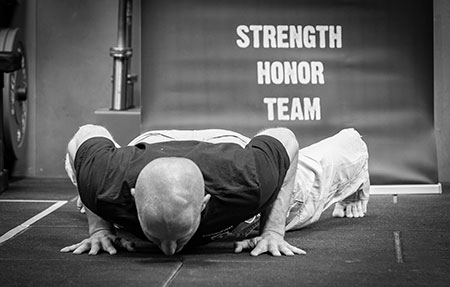
Having a reasonable degree of skill in a wide array of seemingly unrelated movements, such as pushups, pullups, direct midsection work, and a litany of other things can potentially help you speed up the process of getting strong at the Big Six kettlebell exercises you’ll be tested on at the cert itself.
The closer you get to the event, the more focused you should be on just the movements you’ll be tested on; no question about it. But leading up to that, consider taking a page out of the playbook of many of the finest lifters of the 70s and 80s and include a wider array of exercises in your routine to help eliminate the doldrums and plateaus and speed ahead to victory.
6. Keep Your Mobility and Flexibility a High Priority
I have had the privilege of serving as an assistant in SFG I Certifications in three different countries: Israel, Italy, and Croatia. And in nearly every case, one of the biggest issues candidates come in with is a simple lack of the requisite mobility and flexibility.
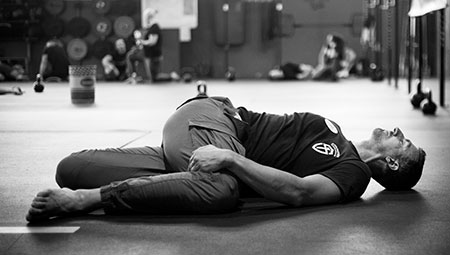
According to StrongFirst Certified Master Instructor Emeritus Mark Reifkind, a few of the most common issues among SFG hopefuls are shoulder issues brought on by not addressing postural issues (often caused by sitting behind a desk all day), low back pain caused by tight hamstrings, and a variety of other complications that arise from those issues.
Add onto that the sheer volume of work you’ll have to do to prepare for the cert and it’s no wonder why those who don’t nip these problems in the bud early on end up either having to limp through the cert or postpone their participation altogether.
7. Focus on Kettlebell Skill building First, Programming Second
Former StrongFirst Certified Senior Instructor Rob Lawrence once said, “[W]e emphasize the technical performance over routines, exercises, workouts…They are marginal until the technique is perfect.”
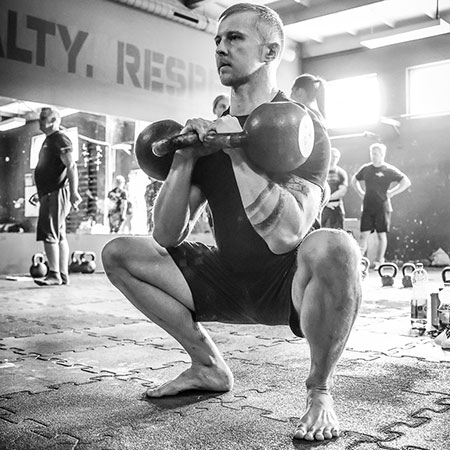
Time and experience have shown that you will get a lot more out of a smaller number of crisp, high-quality reps than you will over an avalanche of hastily performed, sub-par slop. Anything worth doing is worth doing right, so take the time to get it right before you crank up the volume.
8. Aim to Overshoot the Mark
StrongFirst is, after all, the School of Strength. Just as Pavel likes to refer to the barbell standards at the SFL as “not weak standards,” so, too, should you look at the standards for SFG.
US Armed Forces Powerlifting Champion Jack Reape once noted in a forum post many moons ago that anyone who could snatch a 40 or 48kg kettlebell for even just one rep stood a much better chance at passing the snatch test with ease than someone who could only snatch the 24kg kettlebell. And so it is with the other six kettlebell movements you’ll be tested on.
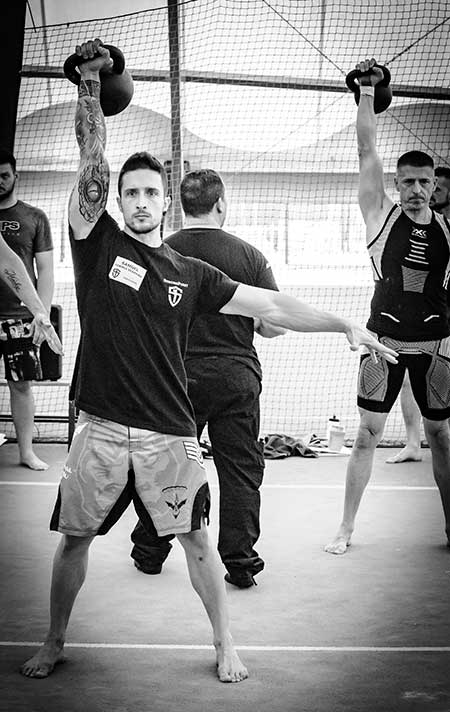
If you can perform them all with a kettlebell one or even two sizes heavier than what the tests demand, how much easier do you think it will be to pass your technique tests and snatch test on day three when you’re tired, sore, and anxious? Now contrast that with what you think your chances are of passing when your best effort in any given exercise is sets of five with a 24kg or 16kg kettlebell (depending on whether you’re a lad or a lass). It may not be impossible, but it will definitely be a whole lot harder.
9. Learn the History and Philosophy of StrongFirst
Marketing expert Dan Kennedy has long advised his students to know the history of the industry they’re in, and this piece of advice is every bit as relevant for future StrongFirst instructors as it is for business owners.
It’s not enough to simply skim Kettlebell Simple & Sinister or peruse the forums once in a while. Take the time to read through Pavel’s earlier books like Enter the Kettlebell, Beyond Bodybuilding (my personal favorite), The Naked Warrior, and others.
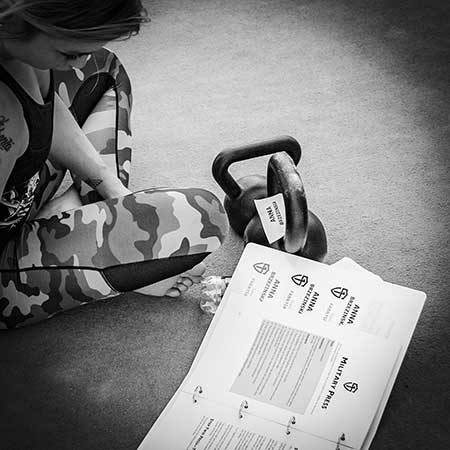
Reading through the works of many of Pavel’s other students and acolytes from around the world (such as the handsome and humble author of this article, wink wink, nudge nudge) can provide invaluable insight into not just the nitty gritty training details of the men and women of the StrongFirst community but can help you better understand the movement as a whole.
10. Enjoy the Process
I’d be remiss if I didn’t include this.
You’re going to have to train long, hard, and often, and along the way you’ll need to surpass a great many of your limitations—both real and perceived—in order to perform the final, most glorious rep of all: hoisting your SFG I Kettlebell Instructor Certificate aloft as you declare an epic victory.
But this moment shouldn’t be the only joyous one in your journey.
It should be the culmination of a lot of little successes that stack one on top of the other from start to finish, with each new benchmark providing the inspiration you need to help you keep your eyes fixed on the next bit of progress, and the next, and the next.
There are going to be days where you just can’t wait to shake handles with the kettlebell and others where you seriously question why you’re doing it all. Just know that both the lows and the highs form the rugged path ahead of you, and that each and every training session—good or bad—puts you one step closer to your goal.
I and all your future colleagues look forward to welcoming you to the Brotherhood and Sisterhood of Iron.
Have fun and happy training!
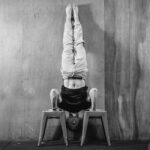
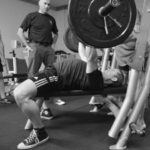

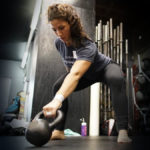
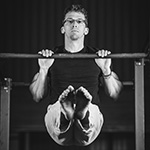


Aleks, good stuff man.
Hope you’re doing well.
Glad you enjoyed it, my good man.
And I’m doing great – hope you’re crushing it like always.
You can’t mistake the famous Salkinesque writing style with anything else.
Not even ChatGPT can replicate it, baby.
Great article. Enjoyed reading it. So many simple details we tend to miss when getting ready for the cert. I am sure this will be of great help to all the new instructors that are coming our way.
I’m really glad you liked it, Sasa. I hope it does end up serving as a template for certification hopefuls. The world needs more SFGs!
Very glad you liked it, Christian. I agree wholeheartedly: success in any endeavor isn’t a journey – it’s a process. Having one is crucial to being able to accurately and repeatedly achieve success. Passing the SFG is no different in that regard.
One of the best articles lately. So true and applies to many facets of life if you want to meet and beat standards.